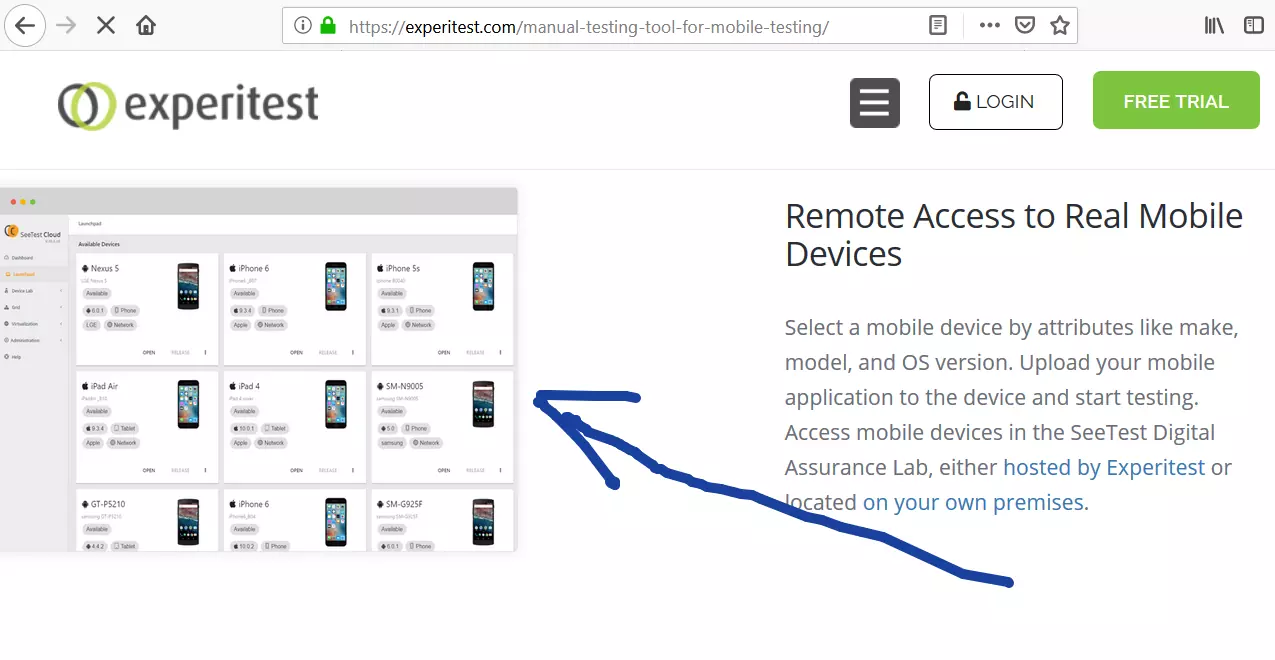Handheld Device Markup Language( HDML )
Overview
Handheld Device Markup Language( HDML ) is a markup language for small-screen devices like mobile phones, PDAs, etc. It was developed by Unwired Planet.
Unwired Planet later became known as Phone.com and, subsequently, Openwave Systems. In the mid-1990s, Unwired Planet developed HDML to deliver Internet content to mobile handheld devices, which were significantly more limited in capabilities than today’s smartphones. Unwired Planet demonstrated that web pages written in HDML can be accessed from a mobile handset using a developed micro-browser.
Handheld Device Markup Language
HDML requires that a web page avoid using complicated features such as tables, frames, dynamic content, etc. It consists of two layouts.
- Card
- Deck
Card
The card is the fundamental building block of HDML. It is defined as a single-user interaction. For example, a card can contain either one specific web page, a data entry form, a choice menu, etc. A web page can have many combinations of these basic types of web pages.
Deck
A single HDML file consists of many cards, so it is called a deck. The card and deck model has an advantage in mobile networks: a click on a web page downloads the entire deck associated with the web page onto the mobile device.
HDML eventually formed the basis of the WAP standard. Sony Ericsson, Nokia, Motorola, and Unwired Planet founded the WAP forum to facilitate the development and portability of applications over wireless communication networks.
The mandate for the WAP forum was to develop technologies that would become the de facto standards and help formulate standards by the appropriate standards bodies. Later, the WAP forum became a part of the Open Mobile Alliance (OMA), which has a much wider membership and mandate. In 1998, WML (Wireless Markup Language) was announced. An important benefit of WML is that it is XML-based. WML is a widely accepted standard for data interchange. Further, a company can use commercially available XML tools to generate, parse, and manipulate WML, and they can also use XSL/ XSLT to construct WML decks from XML meta-languages.






